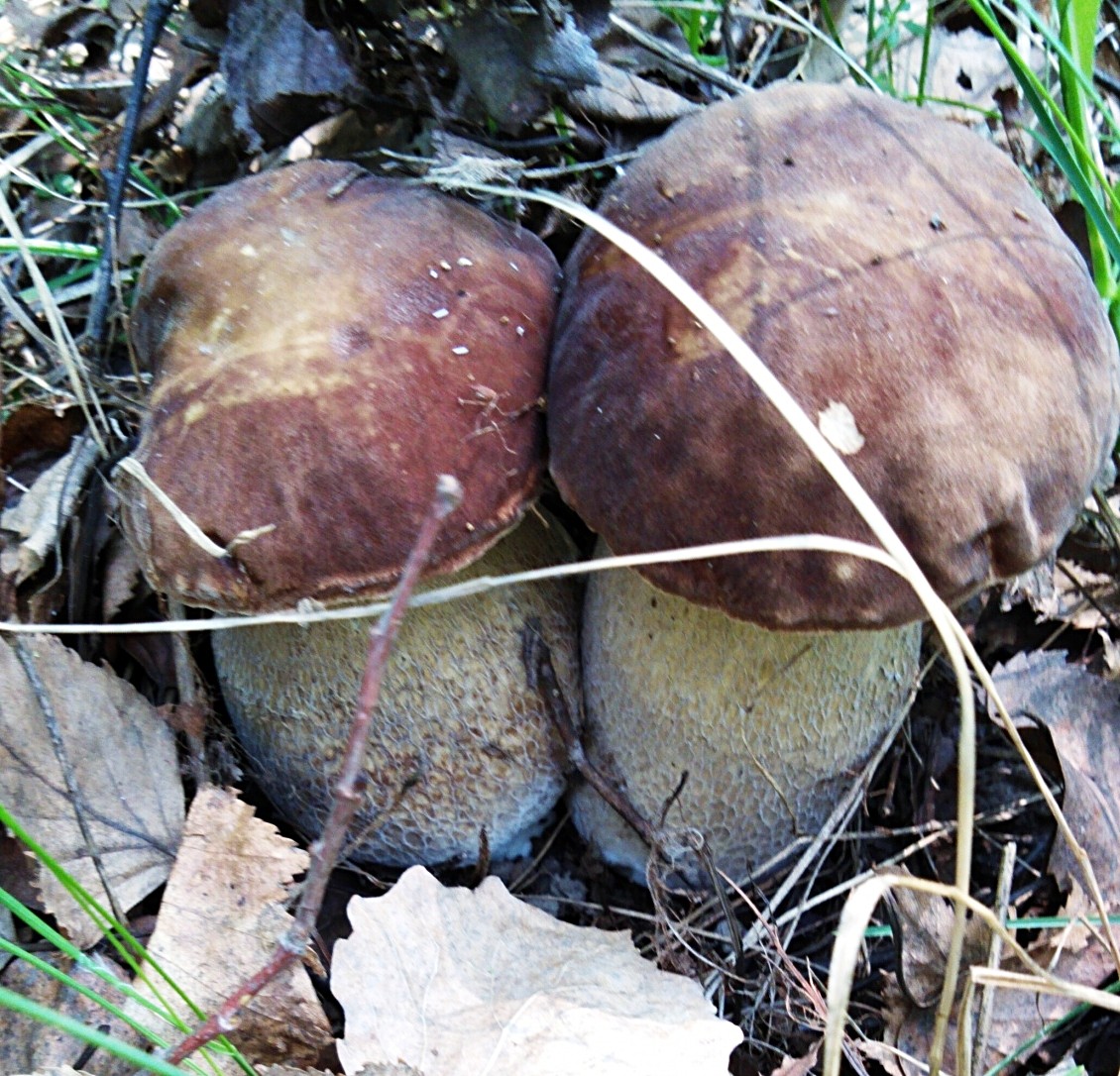Oak porcini mushroom (Boletus reticulatus)
- Division: Basidiomycota (Basidiomycetes)
- Subdivision: Agaricomycotina (Agaricomycetes)
- Class: Agaricomycetes (Agaricomycetes)
- Subclass: Agaricomycetidae (Agaricomycetes)
- Order: Boletales (Boletales)
- Family: Boletaceae (Boletaceae)
- Genus: Boletus
- Type: Boletus reticulatus (Cep mushroom oak (Reticulated boletus))

Description:
The hat is 8-25 (30) cm in diameter, at first spherical, then convex or cushion-shaped. The skin is slightly velvety, in mature specimens, especially in dry weather, it is covered with cracks, sometimes with a characteristic mesh pattern. The color is very variable, but more often light tones: coffee, brownish, grayish-brown, leathery-brown, ocher, sometimes with lighter spots.
The tubes are free, thin, the edges of the tubes of young mushrooms are white, then yellow or olive green.
The spore powder is olive brown. Spores are brown, according to other sources, honey-yellow, 13-20×3,5-6 microns.
Leg 10-25 cm high, 2-7 cm in diameter, initially club-shaped, cylindrical club-shaped, in adulthood more often cylindrical. Covered along the entire length with a clearly visible white or brownish mesh on a light walnut background.
The pulp is dense, slightly spongy in maturity, especially in the leg: when squeezed, the leg seems to spring. The color is white, not changing in air, sometimes yellowish under the tubular layer. The smell is pleasant, mushroom, the taste is sweetish.
Spread:
This is one of the earliest types of porcini mushrooms, appears already in May, bears fruit in layers until October. It grows in deciduous forests, especially under oaks and beeches, as well as with hornbeams, lindens, in the South with edible chestnuts. Prefers a warm climate, more common in mountainous and hilly areas.
The similarity:
May be confused with other species of white fungus, some of which, such as Boletus pinophilus, also have a reticulated stalk, but it covers only the upper part. It should also be noted that in some sources, Boletus quercicola (Boletus quercicola) stands out as a separate species of white oak mushroom. Inexperienced mushroom pickers may be confused with the bile mushroom (Tylopilus felleus), which is distinguished by a black mesh on the stem and a pinkish hymenophore. However, it is unlikely to intersect with this form of white, as it is an inhabitant of coniferous forests.
Evaluation:
This is one of the best mushrooms., among others the most fragrant in dried form. Can be marinated and used fresh.
Video about the mushroom Borovik reticulated:









